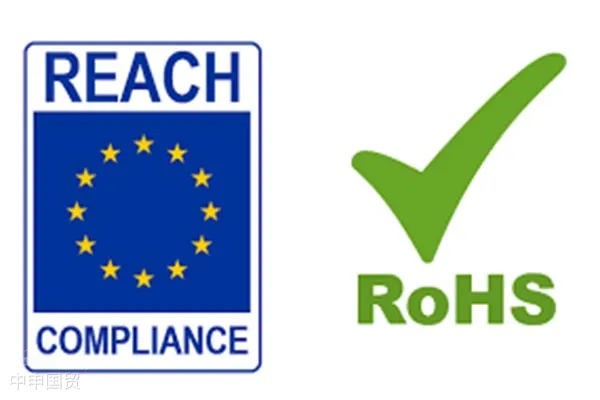- Shanghai Zhongshen International Trade Co., Ltd. - Two decades of trade agency expertise.
- Service Hotline: 139 1787 2118

The EU issued the latest revision to the RoHS Directive on July 11, 2023. The RoHS Directive is Directive 2011/65/EU issued by the EU in 2011, also known as RoHS - recast or RoHS2. This directive aims to restrict the use of certain hazardous substances in electrical and electronic equipment, including lead, mercury, cadmium, hexavalent chromium, polybrominated biphenyls, and polybrominated diphenyl ethers, etc. In addition, the directive also restricts the use of four phthalates, including bis(2 - ethylhexyl) phthalate, butyl benzyl phthalate, dibutyl phthalate, and diisobutyl phthalate. These restrictions apply toMedical Equipmentmonitoring and control instruments.
However, the latest revision added a mercury exemption for the category of monitoring and control instruments. This is because it is scientifically and technically impossible to eliminate or substitute mercury in this specific application. Therefore, according to Article 5(1)(a), a mercury exemption was granted. The validity period of this exemption is limited until the end of 2025.
For industries, they can apply for this exemption or apply for the renewal of the exemption. An important step in the exemption procedure is the technical and scientific assessment study, which is carried out by the ?ko - Institut contracted by the European Commission. The entire exemption procedure can last up to 2 years.
This revised directive 2023/1437 will come into force on July 31, 2023. Each member state should adopt and publish it by January 31, 2024. This is an important regulatory update for manufacturers of electrical and electronic equipment involving the use of mercury.
Related Recommendations
? 2025. All Rights Reserved. 滬ICP備2023007705號-2  PSB Record: Shanghai No.31011502009912
PSB Record: Shanghai No.31011502009912









